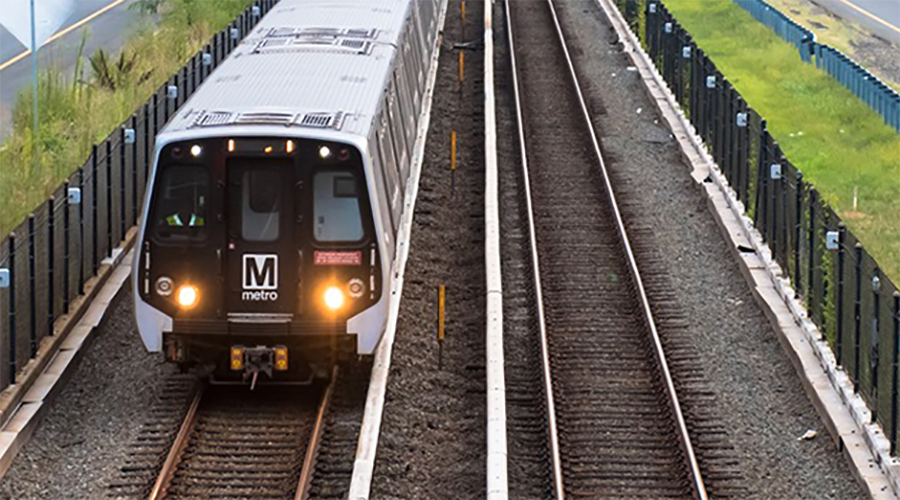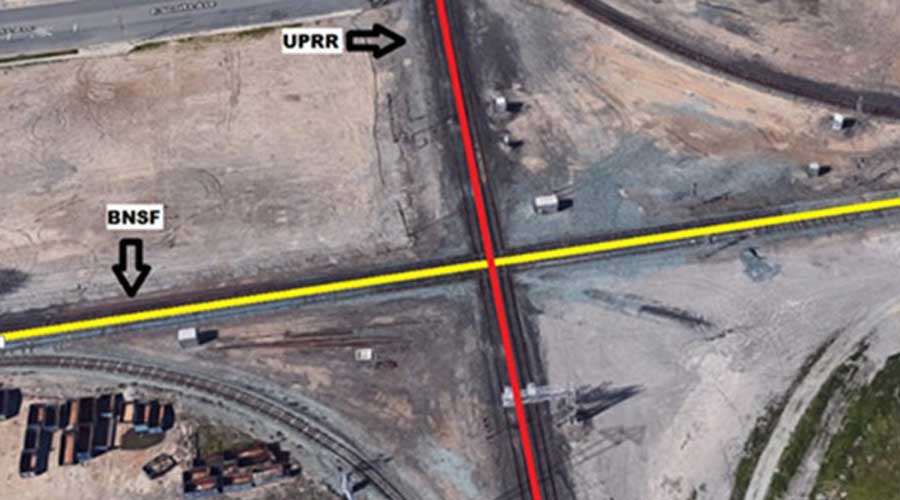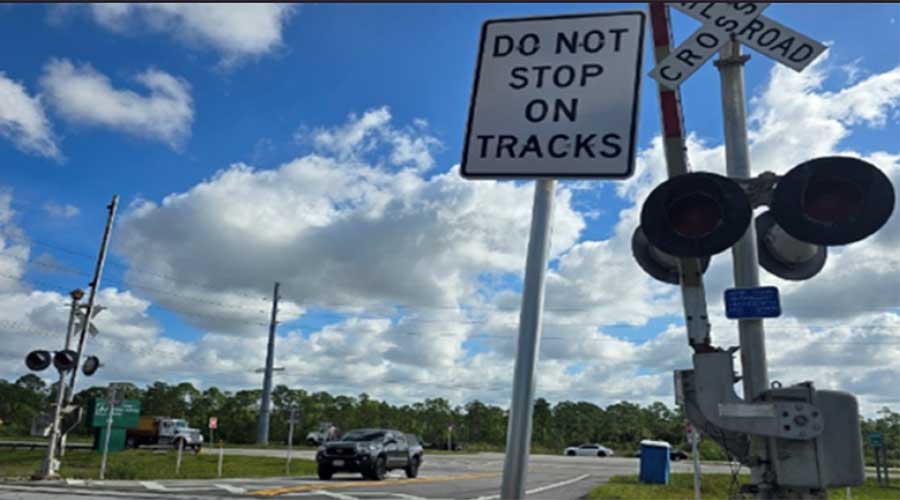Stay updated on news, articles and information for the rail industry
2/19/2016
Rail News: Railroading Supplier Spotlight
Mooney visits Appalachian Timber Services, Biden tours New Orleans port
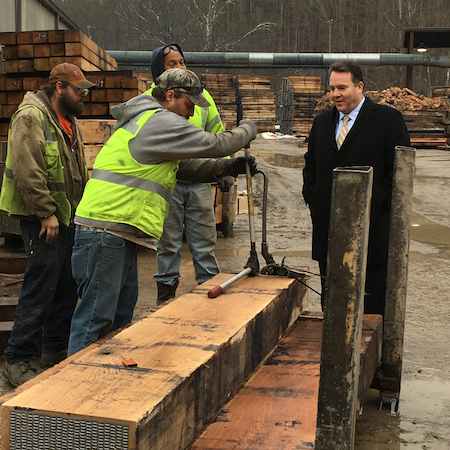 Alex Mooney (right) meets with Appalachian Timber Services employees.
Alex Mooney (right) meets with Appalachian Timber Services employees.Photo: NRC
U.S. Rep. Alex Mooney (R-W.Va.) on Wednesday met with Appalachian Timber Services (ATS) representatives for a tour of the company's facility in Sutton, W.Va.
ATS Vice President of Sales and Marketing Rick Gibson led a tour of the 22,000-square-foot facility, where he gave an overview of the company and its current operations. Located in West Virginia's hardwood timber-growing region, the company treats and manufactures products for railroads, transit agencies, railroad contractors and heavy industry.
A member of the National Railroad Construction & Maintenance Association (NRC), ATS primarily serves the Appalachian Corridor region from eastern Canada to South Carolina, as well as Indiana to the East Coast.
Gibson showed Mooney and guests the nail plater, sorter, incisor, treating system, boiler and manufacturing in process, NRC officials said in a press release.
"Rail transportation is a huge part of the lifeblood of not only the 2nd district, but of West Virginia, the Appalachian Corridor, and the country as a whole," said Mooney in the release.
Meanwhile, U.S. Vice President Joe Biden this week visited the Port of New Orleans to tour the new Mississippi River Intermodal Terminal. While there, he made remarks commemorating the seventh anniversary of the American Recovery and Reinvestment Act, port officials said in a press release.
In 2011, the port received a $16.7 million Transportation Investment Generating Economic Recovery (TIGER) grant to build the 12-acre Mississippi River Intermodal Terminal, which is slated to begin operations in March.
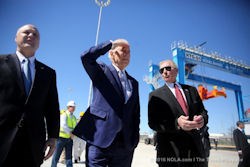 Joe Biden (center) inspects Konecranes' new cranes at the Port of New Orleans
Joe Biden (center) inspects Konecranes' new cranes at the Port of New OrleansPhoto: Konecranes
The terminal has four rail tracks and two 60-ton rubber-tire gantry cranes. Its expected annual capacity is 160,000 twenty-foot-equivalent units. Additionally, the terminal's marshaling yard will have 389 slots for stacking loaded containers five-high, port officials said.
Konecranes is delivering the two cranes, which are equipped with "active load control." The system is aimed at eliminating container sway to increase container handling performance.
"The new terminal will facilitate the movement of marine and rail cargo, stimulate international commerce and enhance safety, all while reducing the carbon footprint of regional and national transportation systems within our market, which constitutes 62 percent of consumers of the United States," said Port of New Orleans President and Chief Executive Officer Gary LaGrange.
Six Class I railroads serve the port.
Contact Progressive Railroading editorial staff.


 2025 MOW Spending Report: Passenger-rail programs
2025 MOW Spending Report: Passenger-rail programs
 Gardner steps down as Amtrak CEO
Gardner steps down as Amtrak CEO
 Guest comment: Oliver Wyman’s David Hunt
Guest comment: Oliver Wyman’s David Hunt
 Women of Influence in Rail eBook
Women of Influence in Rail eBook
 railPrime
railPrime





